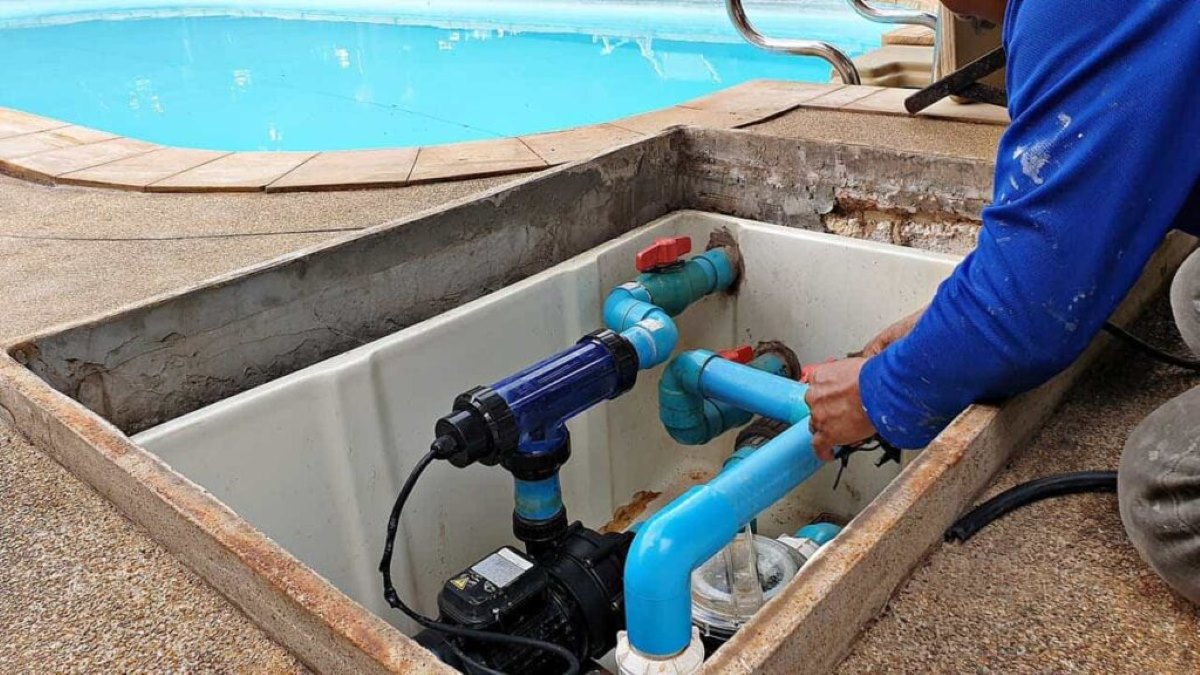

Articles
How To Make Water Pump Quieter
Modified: August 31, 2024
Discover effective techniques and strategies to make your water pump quieter. Read informative articles on how to reduce noise and improve the performance of your water pump.
(Many of the links in this article redirect to a specific reviewed product. Your purchase of these products through affiliate links helps to generate commission for Storables.com, at no extra cost. Learn more)
Introduction
Water pumps play a crucial role in our daily lives, whether it’s for supplying water to our homes, irrigating fields, or powering industrial processes. However, the noise generated by water pumps can be a significant source of annoyance and disruption. Fortunately, there are several strategies and techniques that can be employed to make water pumps quieter. In this article, we will explore various ways to reduce water pump noise and create a more peaceful environment.
Understanding water pump noise is the first step towards finding effective solutions. Water pumps generally produce noise due to mechanical vibrations, turbulent flow, or the interaction between the pump and the surrounding structures. The noise can be amplified if the pump is not well-maintained or if it is installed in a location that lacks proper insulation.
Before diving into noise reduction methods, it is essential to assess the current noise levels. This can be done by measuring the decibel level using a sound meter or by comparing the noise produced by the water pump to familiar reference sounds. By determining the noise levels, you will have a benchmark to gauge the effectiveness of the noise reduction techniques implemented.
Identifying the source of the noise is crucial for pinpointing the specific areas that require attention. Common sources of noise in water pumps include the motor, impeller, bearings, and vibrations transmitted through the plumbing system. By identifying the source, you can focus your efforts on the appropriate strategies.
Key Takeaways:
- Reduce water pump noise by isolating, insulating, and adjusting settings. Regular maintenance and soundproofing materials also contribute to creating a quieter environment.
- Understanding sources of water pump noise and implementing targeted solutions can significantly reduce noise levels, enhancing overall comfort and tranquility.
Read more: How To Make A Cat Water Fountain Quieter
Understanding Water Pump Noise
Water pump noise can be a nuisance, especially if it disrupts your daily activities or disturbs your sleep. To effectively reduce water pump noise, it is important to understand the factors that contribute to it.
One of the main sources of noise in water pumps is the mechanical vibrations caused by the rotating components, such as the motor and impeller. As these components spin, they generate vibrations that can be transmitted through the pump housing and the surrounding structures, resulting in noise. The level of vibration depends on factors such as the quality of the pump, the balance of the rotating parts, and the alignment of the pump with the motor.
In addition to mechanical vibrations, turbulent flow within the pump can also create noise. Turbulent flow occurs when the water inside the pump is not flowing smoothly and instead produces chaotic and uneven movement. This turbulence can cause high-frequency noise, especially when the pump is operating at high speeds or when the water flow is uneven.
Another factor that contributes to water pump noise is the interaction between the pump and its surroundings. When the pump is installed in a location that lacks proper insulation or is in close proximity to vibrating surfaces, such as walls or floors, these surfaces can amplify and transmit the noise. Additionally, vibrations from the plumbing system can also be transmitted to the pump, further increasing the noise levels.
It is important to note that the noise level produced by a water pump can vary depending on the type and model of the pump, as well as the operating conditions. Some pumps are designed to be quieter than others, with features such as noise-dampening housings or insulated motor compartments. Additionally, older or worn-out pumps may produce more noise due to mechanical issues or lack of maintenance.
By understanding the sources and factors contributing to water pump noise, you can better evaluate and implement effective noise reduction strategies. In the following sections, we will explore various techniques and methods to make water pumps quieter and create a more peaceful environment.
Assessing the Noise Levels
Before embarking on the task of reducing water pump noise, it is crucial to assess the current noise levels. This assessment will serve as a baseline for measuring the effectiveness of any noise reduction techniques that are implemented.
The most accurate way to measure noise levels is by using a sound meter or a decibel meter. These devices provide objective readings of the noise intensity in decibels (dB). When measuring the noise levels of a water pump, it is essential to consider the ambient noise as well, as this can affect the perception of the pump noise.
When performing the noise level assessment, it is recommended to take measurements from various positions around the pump to account for any potential variations in noise intensity. Measurements should be taken at different distances and angles, and at different operating speeds of the pump if applicable.
In addition to using a sound meter, you can also compare the noise produced by the water pump to familiar reference sounds in your environment. For example, listen to the noise of the pump and compare it to the noise of a running refrigerator or the sound of a conversation in the background. This subjective assessment can give you a rough estimate of the noise level in relation to other common sounds.
Keep in mind that noise perception is subjective and can vary from person to person. Some individuals may be more sensitive to noise and may perceive certain noises as more disruptive or irritating. Therefore, it is important to take individual preferences and comfort levels into account when assessing the noise produced by the water pump.
By assessing the noise levels, you will have a better understanding of the extent of the noise issue and be able to determine if it is necessary to take action to reduce the noise. Additionally, the initial assessment will allow you to measure the effectiveness of any noise reduction techniques implemented in the future.
In the following sections, we will explore various strategies and methods to reduce water pump noise and create a quieter environment.
Identifying the Source of Noise
When it comes to reducing water pump noise, one of the crucial steps is identifying the source of the noise. Pinpointing the specific areas or components that are responsible for the noise will allow you to focus your efforts on implementing targeted solutions.
There are several common sources of noise in water pumps that you should pay attention to:
- Motor: The motor of the water pump can be a significant source of noise. If the motor is not properly lubricated or if there are issues with its bearings, it can generate excessive noise.
- Impeller: The impeller, which is responsible for moving the water through the pump, can also contribute to noise. An unbalanced or improperly aligned impeller can cause vibrations and generate noise.
- Bearings: Worn-out or damaged bearings within the pump can produce grinding or squealing noises. If you notice any unusual sounds coming from the pump, it is worth inspecting the bearings.
- Plumbing System: Vibrations transmitted through the plumbing system can be transmitted to the pump, amplifying the noise levels. Check the pipes, fittings, and connections for any loose or improperly secured components.
- Housing: The pump housing itself can transmit and amplify noise if it is not properly insulated or if there are gaps or cracks in the structure.
Once you have identified the source of the noise, you can take appropriate actions to address the specific issue. For example, if the noise is originating from the motor, you may need to lubricate the motor bearings or consider replacing them if they are damaged. If the impeller is causing the noise, realigning or balancing the impeller can help reduce vibrations and noise.
If the noise is primarily coming from the plumbing system, you can consider installing flexible hoses or adding insulation to the pipes to dampen vibrations. Additionally, inspecting the pump housing for any gaps or cracks and applying appropriate insulation materials can help reduce noise transmission.
Keep in mind that in some cases, the noise may be caused by multiple factors or a combination of factors. Therefore, it is important to thoroughly inspect and assess each potential source of noise to ensure that all issues are addressed.
In the following sections, we will explore various strategies and techniques to reduce water pump noise and create a quieter environment.
Strategies for Reducing Water Pump Noise
If you’re dealing with a noisy water pump, there are several strategies and techniques that you can employ to minimize the noise and create a more peaceful environment. Let’s explore some effective ways to reduce water pump noise:
- Isolate the Water Pump: One of the first steps in reducing noise is to isolate the water pump from its surroundings. This can be achieved by placing the pump on a vibration-damping mat or mounting it on rubber pads. These materials help absorb and dampen the vibrations produced by the pump, thereby reducing noise transmission.
- Insulate the Pump Housing: Another effective strategy is to insulate the pump housing. By adding sound-absorbing materials such as foam or acoustic insulation inside the housing, you can prevent noise from escaping and reduce its impact on the surrounding area. Take care to cover all sides of the housing, including any openings or vents.
- Install Anti-Vibration Pads: Anti-vibration pads are specifically designed to absorb and reduce vibrations. By installing these pads under the pump and any contact points with the floor or mounting surface, you can minimize vibrations and subsequently reduce noise levels.
- Adjust Pump Settings: Some water pumps come with adjustable settings that allow you to control the speed or flow rate. Experimenting with different settings can help find a balance between performance and noise reduction. Lowering the pump speed or decreasing the flow rate can potentially reduce noise output.
- Consider Soundproofing Materials: In addition to insulating the pump housing, you can also explore the use of soundproofing materials for the surrounding area. Acoustic panels or soundproof curtains can be installed on nearby walls to absorb noise and prevent it from spreading.
- Regular Maintenance and Lubrication: Proper maintenance is essential for ensuring optimal performance and reducing noise levels. Regularly inspect and lubricate the motor, impeller, and bearings as recommended by the manufacturer. Addressing any mechanical issues promptly can prevent excessive noise generation.
It’s important to note that the effectiveness of these strategies can vary depending on factors such as the type of pump, installation conditions, and the specific noise issue. Additionally, a combination of multiple strategies may be required for the best results. Experimentation and adaptation to your specific situation may be necessary to find the most effective noise reduction measures.
By implementing these strategies, you can significantly reduce water pump noise and create a more peaceful and comfortable living or working environment.
Read more: How To Make A Homemade Water Pump
Isolate the Water Pump
Isolating the water pump from its surroundings is a key strategy in reducing noise levels. By minimizing the transmission of vibrations, you can significantly decrease the noise produced by the pump. Here are some steps you can take to isolate the water pump:
- Use Vibration-Damping Mat: Placing a vibration-damping mat under the water pump is an effective way to absorb and reduce vibrations. These mats are made from materials such as rubber or foam that are specially designed to isolate and dampen vibrations. Ensure that the mat is slightly larger than the pump to provide complete coverage and optimal vibration absorption.
- Mount on Rubber Pads: Another option is to mount the water pump on rubber pads. These pads act as shock absorbers and help to minimize the transmission of vibrations. Place the pads between the pump and the mounting surface, making sure the pump is securely positioned. This method is particularly useful for reducing noise transmission to floors or walls.
- Consider Anti-Vibration Mounts: If you want to take isolation to the next level, you can invest in anti-vibration mounts. These mounts are specifically designed to minimize vibrations and noise by providing a buffer between the pump and its mounting surface. Anti-vibration mounts often feature a combination of rubber or neoprene materials that offer exceptional vibration absorption properties.
- Check the Pump Base: Ensure that the pump is properly mounted on a stable and level base. Any loose or unstable mounting can contribute to increased vibrations and noise. Secure the pump firmly, making sure it is not wobbling or vibrating excessively during operation.
Implementing these isolation techniques will help reduce the transfer of vibrations from the water pump to its surroundings. This will not only minimize noise levels but also prevent vibrations from affecting nearby structures or equipment.
It’s important to note that the effectiveness of isolation methods may vary depending on factors such as the size and weight of the pump, the nature of the surface it is mounted on, and the overall installation conditions. Experiment with different isolation methods, and consider consulting with a professional if you are unsure about the best approach for your specific water pump setup.
Isolating the water pump through vibration reduction techniques is a proactive step towards creating a quieter environment and enhancing overall comfort levels. By minimizing the transmission of vibrations, you can significantly reduce the noise generated by the water pump and enjoy a more peaceful living or working space.
To make a water pump quieter, consider adding a rubber pad or mat underneath the pump to dampen vibrations and reduce noise. Additionally, check for loose parts and tighten any fittings to minimize rattling.
Insulate the Pump Housing
Insulating the pump housing is an effective strategy for reducing water pump noise. By adding insulation materials, you can minimize noise transmission and create a quieter environment. Here are some steps to insulate the pump housing:
- Choose the Right Insulation Material: There are various insulation materials available that can effectively absorb and dampen noise. Some common options include foam, rubber, or mass-loaded vinyl. These materials have sound-absorbing properties that can help reduce noise levels. Consider selecting an insulation material that is appropriate for your specific needs and the operating conditions of the pump.
- Line the Pump Housing: Measure the dimensions of the pump housing and cut the insulation material to fit inside. Line the inner walls of the pump housing with the insulation material, ensuring full coverage. Pay close attention to any openings or vents and cover them accordingly to prevent noise leakage.
- Secure the Insulation: Use adhesive or other appropriate fasteners to secure the insulation material in place. This will prevent it from shifting or falling off due to the vibrations generated by the pump. Make sure the insulation is tightly and securely attached to the pump housing for maximum effectiveness.
- Seal Any Gaps: Inspect the pump housing for any gaps or cracks that may allow noise to escape. Seal these gaps with acoustic sealant or weatherstripping to prevent noise leakage. This will ensure that the insulation is working at its best to reduce noise transmission.
Insulating the pump housing not only helps to reduce noise levels but also provides additional benefits such as thermal insulation and protection against temperature fluctuations. It is important to choose insulation materials that are resistant to water and moisture, as water pumps are typically in contact with liquids.
Keep in mind that proper installation of the insulation material is crucial for optimal noise reduction. If you are unsure about the best insulation method or materials to use, consult with a professional who can provide guidance based on your specific pump and housing configuration.
By insulating the pump housing, you can create a barrier that absorbs and dampens noise, preventing it from propagating through the surrounding area. This will result in a quieter and more comfortable environment, free from the distracting noise of the water pump.
Install Anti-Vibration Pads
Installing anti-vibration pads is an effective strategy to reduce water pump noise by minimizing vibrations and their transmission to the surrounding area. These pads act as a buffer between the pump and its mounting surface, absorbing vibrations and reducing noise levels. Here’s how you can install anti-vibration pads:
- Select the Right Anti-Vibration Pads: Look for anti-vibration pads specifically designed for water pumps. These pads are typically made of rubber or neoprene, which have excellent vibration absorption properties. Make sure to choose pads that are suitable for the weight and size of your water pump.
- Prepare the Mounting Surface: Before installing the anti-vibration pads, clean and prepare the mounting surface. Ensure it is free from dirt, debris, and any unevenness that could affect the stability of the pads. A clean and smooth surface will allow the pads to adhere properly and perform effectively.
- Position the Pads: Place the anti-vibration pads evenly under the pump’s feet or contact points. Make sure each pad is aligned with the corresponding contact point on the pump. Carefully lower the pump onto the pads, ensuring that it is centered and balanced.
- Check Stability: Once the pump is positioned on the pads, verify that it is stable and not tilting or wobbling. Adjust the placement of the pads if necessary to achieve the desired stability. Ensuring a secure and stable foundation will minimize vibrations and reduce noise generation.
- Secure the Pump: Once the pump is positioned and stable on the anti-vibration pads, secure it according to the manufacturer’s instructions. This might involve tightening mounting brackets, bolts, or other fasteners to prevent any movement or vibration during operation.
Installing anti-vibration pads is a simple but effective way to reduce water pump noise. These pads help to isolate the pump from the mounting surface, absorbing and dampening vibrations that can otherwise cause noise. They also provide added stability and reduce the risk of damage to the pump caused by excessive vibrations.
Remember to regularly inspect the anti-vibration pads and replace them if they become worn or damaged. Periodic maintenance ensures that the pads continue to perform optimally and provide effective vibration reduction.
By installing anti-vibration pads, you can significantly reduce the noise generated by your water pump, creating a quieter and more comfortable environment.
Adjust Pump Settings
Adjusting the settings of your water pump can be an effective strategy for reducing noise levels. By tweaking the pump’s speed or flow rate, you can achieve a better balance between performance and noise reduction. Here are some steps to adjust the pump settings:
- Review the Pump’s Manual: Consult the manufacturer’s manual or documentation to understand the available settings and their impact on noise levels. The manual should provide guidance on adjusting the pump’s speed or flow rate.
- Lower the Pump Speed: Decreasing the pump speed can help reduce noise generated by the motor and impeller. Many modern water pumps have variable speed settings that allow you to adjust the pump’s RPM (revolutions per minute). Lowering the speed can reduce the vibrations and turbulence within the pump, resulting in quieter operation.
- Adjust the Flow Rate: If your water pump allows for flow rate adjustment, consider lowering it to reduce noise levels. This can be achieved by adjusting valves or other controls that regulate the water flow. A lower flow rate puts less strain on the pump’s components, resulting in reduced noise production.
- Monitor Performance: After adjusting the pump’s settings, carefully monitor its performance to ensure that the changes do not adversely affect its functionality. Pay attention to factors such as water pressure, flow rate, and any potential impact on the pump’s overall efficiency. Make further adjustments if necessary to strike the right balance between noise reduction and performance.
It’s important to note that not all water pumps offer adjustable settings. If your pump does not have these features, consider other strategies like insulating the pump housing or using anti-vibration pads to reduce noise. Additionally, consult the manufacturer or a professional if you have any concerns or questions about adjusting your pump’s settings.
By adjusting the settings of your water pump, you can potentially decrease noise levels without compromising its functionality. Experimenting with different speed and flow rate configurations will help you find the optimal settings that strike a balance between performance and noise reduction.
Remember to document any changes you make to the pump settings for future reference. This will help you track the effectiveness of the adjustments and make further improvements if necessary.
Read more: How To Make Garage Door Quieter
Consider Soundproofing Materials
If you’re looking to further reduce water pump noise, considering the use of soundproofing materials can be an effective strategy. These materials are specifically designed to absorb and dampen sound waves, helping to create a quieter environment. Here are a few soundproofing options to consider:
- Acoustic Panels: Acoustic panels are commonly used to absorb and reduce noise in various settings. These panels are made from materials such as foam or fiberglass, which are designed to absorb sound waves. Install acoustic panels on nearby walls or surfaces to help minimize the reflection and transmission of noise.
- Soundproof Curtains: Soundproof curtains are another effective option for reducing noise. These curtains have multiple layers, including sound-absorbing materials, that help block and absorb sound waves. Hang soundproof curtains near the water pump or around the room to create a barrier that reduces noise transmission.
- Acoustic Insulation: Consider using acoustic insulation materials, such as mass-loaded vinyl, to line the walls or ceiling near the water pump. These materials have excellent soundproofing properties and can help reduce the propagation of noise. Install them according to the manufacturer’s instructions to effectively dampen noise.
- Seal Gaps and Air Leaks: Identify any gaps or air leaks in the room where the water pump is located. These gaps can contribute to noise leakage and allow sound waves to escape or enter the space. Use acoustic sealant or weatherstripping to seal these gaps and create a more soundproof environment.
When implementing soundproofing techniques, it’s important to consider the specific needs and requirements of your space. The amount of noise reduction achieved will depend on factors such as the size of the room, the materials used, and the extent of soundproofing measures taken.
Keep in mind that while soundproofing materials can effectively reduce noise, they may also affect the ventilation and airflow in the room. Ensure that proper ventilation is maintained to avoid any potential issues with air quality or excessive heat buildup.
By incorporating soundproofing materials into the area surrounding the water pump, you can significantly reduce noise transmission and create a more peaceful environment. Experiment with different soundproofing options to find the combination that works best for your specific setup.
Regular Maintenance and Lubrication
Regular maintenance and proper lubrication are essential for reducing water pump noise and ensuring the longevity of the pump. Neglecting maintenance can lead to increased friction, wear, and noise generation. Here are some steps to follow for regular maintenance and lubrication:
- Consult the Manufacturer’s Guidelines: Refer to the manufacturer’s guidelines or user manual for specific maintenance recommendations. Follow their instructions regarding the recommended maintenance intervals, lubrication points, and any other necessary maintenance procedures.
- Inspect the Pump Regularly: Conduct regular visual inspections of the water pump, looking for any signs of wear, damage, or loose components. Pay attention to the motor, impeller, and bearings, as these are common areas where noise can originate.
- Lubricate Moving Parts: Lubrication is crucial for reducing friction and minimizing noise. Use the appropriate lubricant recommended by the manufacturer to lubricate the motor bearings, impeller shaft, and other moving parts of the pump. Follow the manufacturer’s guidelines on lubrication frequency and the type of lubricant to use.
- Check and Adjust Belt Tension: If your water pump is belt-driven, check the tension of the belt regularly. An improperly tensioned belt can cause excessive noise and vibration. Adjust the tension according to the manufacturer’s specifications to ensure smooth and quiet operation.
- Clean and Clear Obstructions: Remove any debris, dirt, or obstructions that may hinder the pump’s performance. Accumulated debris can interfere with the pump’s operation and contribute to increased noise levels. Regular cleaning will help maintain optimal pump performance and reduce noise generation.
- Address Issues Promptly: If you notice any unusual noises or performance issues during operation, address them promptly. Unusual noises can indicate underlying mechanical problems that, if left unattended, can lead to further damage and increased noise levels. Consult a professional if you are unsure about how to resolve any issues.
Regular maintenance and lubrication not only reduce water pump noise but also ensure the efficient and reliable functioning of the pump. By following the manufacturer’s guidelines and keeping up with maintenance routines, you can significantly reduce the likelihood of noise-related problems and maintain a quiet operating environment.
Remember to document and keep track of all maintenance and lubrication activities. This will help create a maintenance schedule and serve as a reference for future maintenance needs.
By implementing regular maintenance and lubrication practices, you can minimize noise levels, prolong the life of your water pump, and promote its smooth and quiet operation.
Conclusion
Dealing with a noisy water pump can be a frustrating experience, but there are several effective strategies and techniques available to reduce noise levels and create a quieter environment. By understanding the sources of water pump noise and implementing appropriate solutions, you can enjoy a more peaceful living or working space.
Assessing the noise levels and identifying the specific sources of noise are crucial first steps. This allows you to determine the severity of the issue and focus your efforts on the areas that require attention. Isolating the water pump using vibration-damping materials, insulating the pump housing, and installing anti-vibration pads are effective ways to reduce noise transmission.
Adjusting the pump settings can also contribute to noise reduction. Lowering the pump speed or adjusting the flow rate can help minimize noise without compromising performance. Additionally, considering the use of soundproofing materials, such as acoustic panels or soundproof curtains, can further dampen noise and reduce its propagation.
Maintaining and lubricating the water pump on a regular basis is crucial to ensure optimal performance and noise reduction. Regular inspection, cleaning, and lubrication of the pump components help reduce friction and prevent excessive noise generation. Promptly addressing any issues or unusual noises is also important to prevent further damage and noise-related problems.
By implementing these strategies and techniques, you can significantly reduce water pump noise and create a more comfortable and peaceful environment. It is important to note that the effectiveness of these strategies may vary depending on factors such as the pump type, installation conditions, and personal preferences.
Remember to consult the manufacturer’s recommendations, seek professional assistance when needed, and adapt the techniques to your specific situation. With proper implementation and maintenance, you can enjoy the benefits of a quieter water pump and enhance the overall tranquility of your space.
Frequently Asked Questions about How To Make Water Pump Quieter
Was this page helpful?
At Storables.com, we guarantee accurate and reliable information. Our content, validated by Expert Board Contributors, is crafted following stringent Editorial Policies. We're committed to providing you with well-researched, expert-backed insights for all your informational needs.
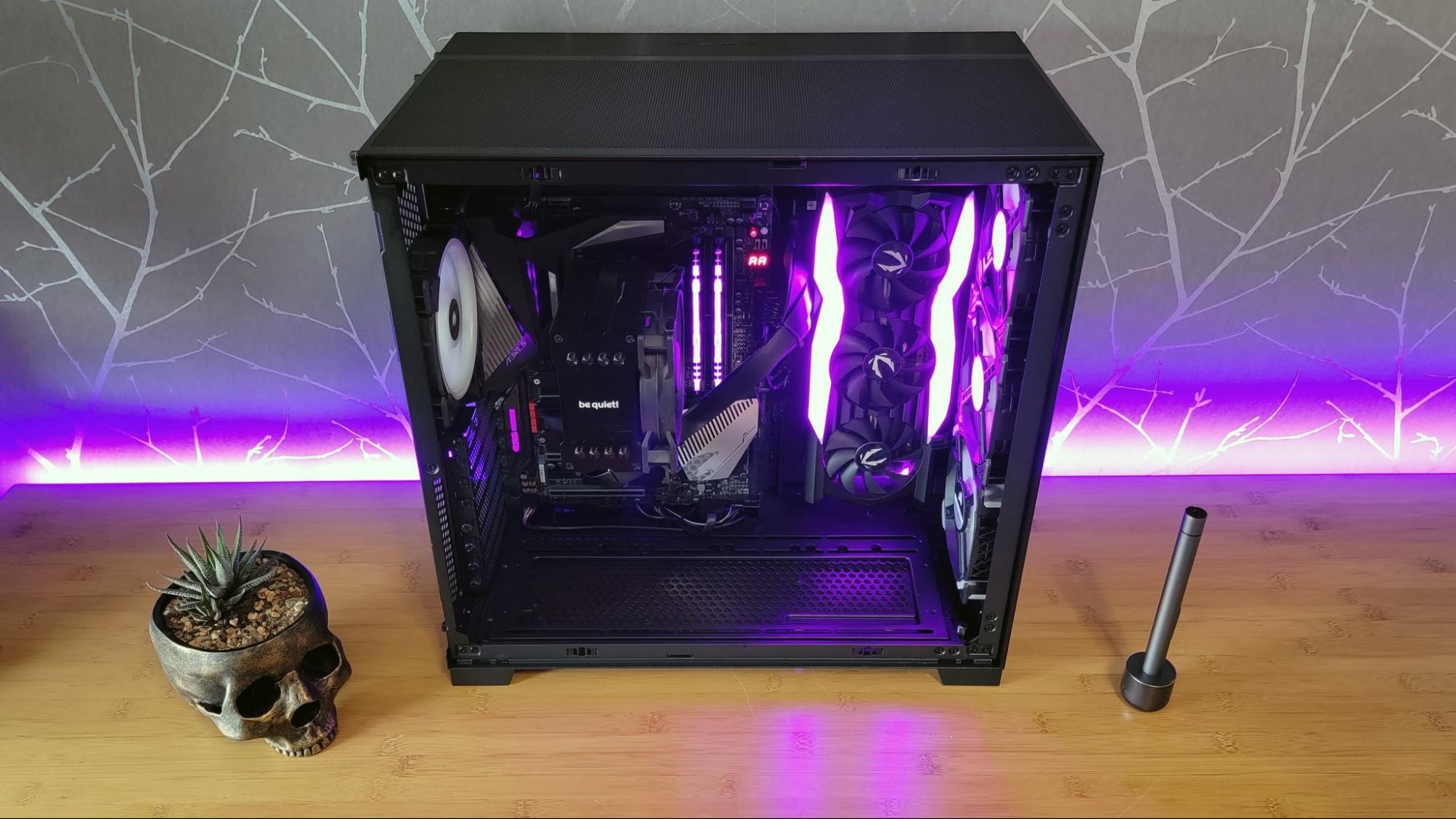
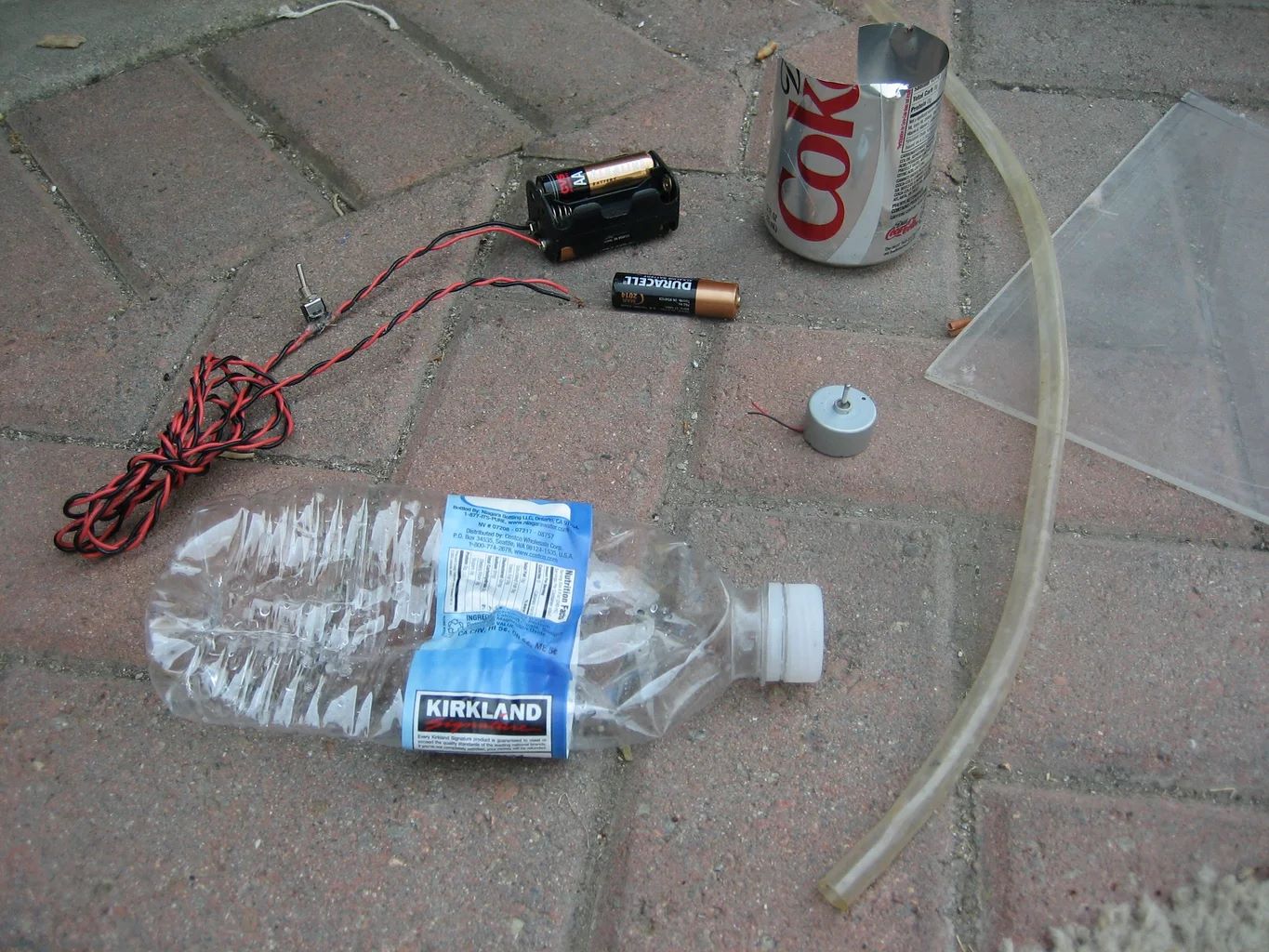
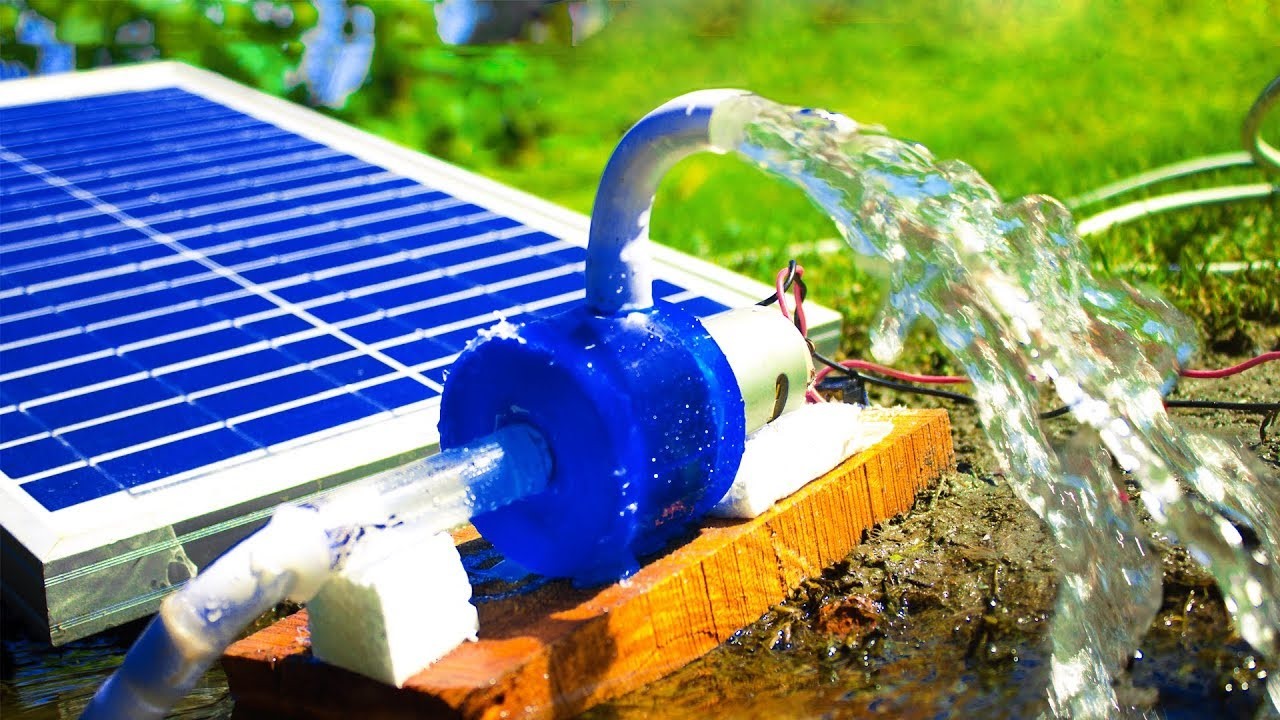
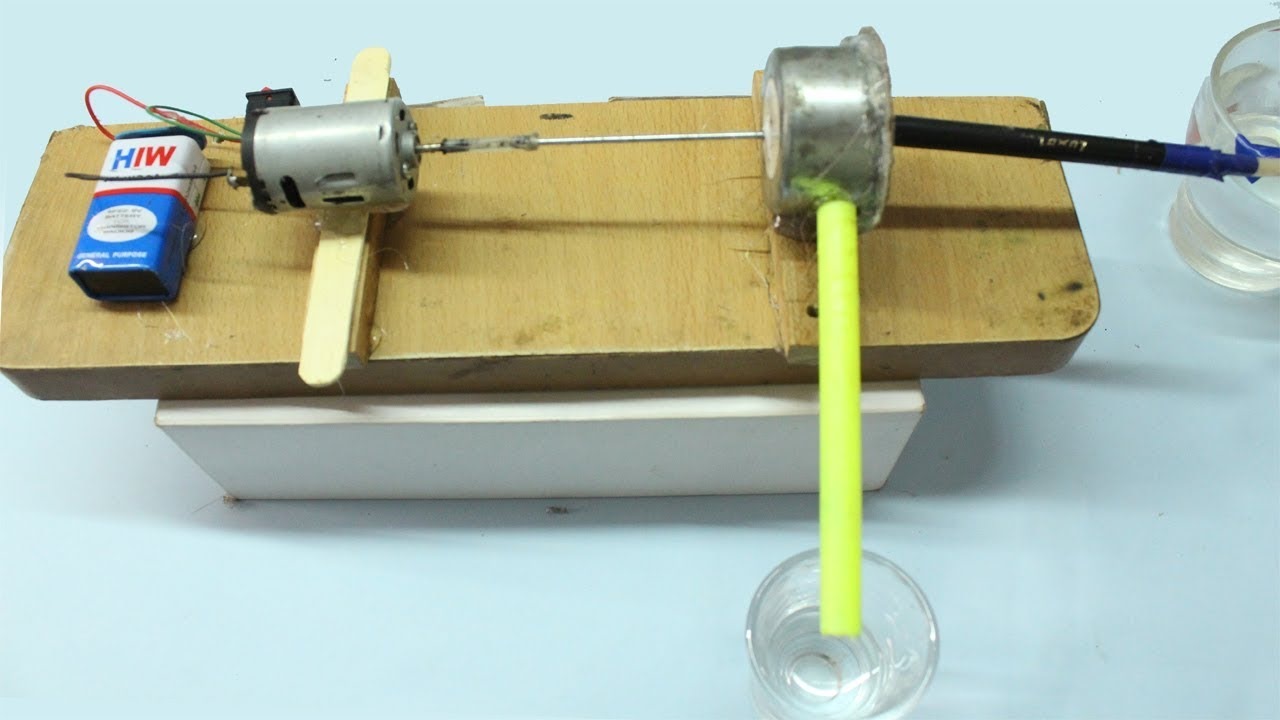
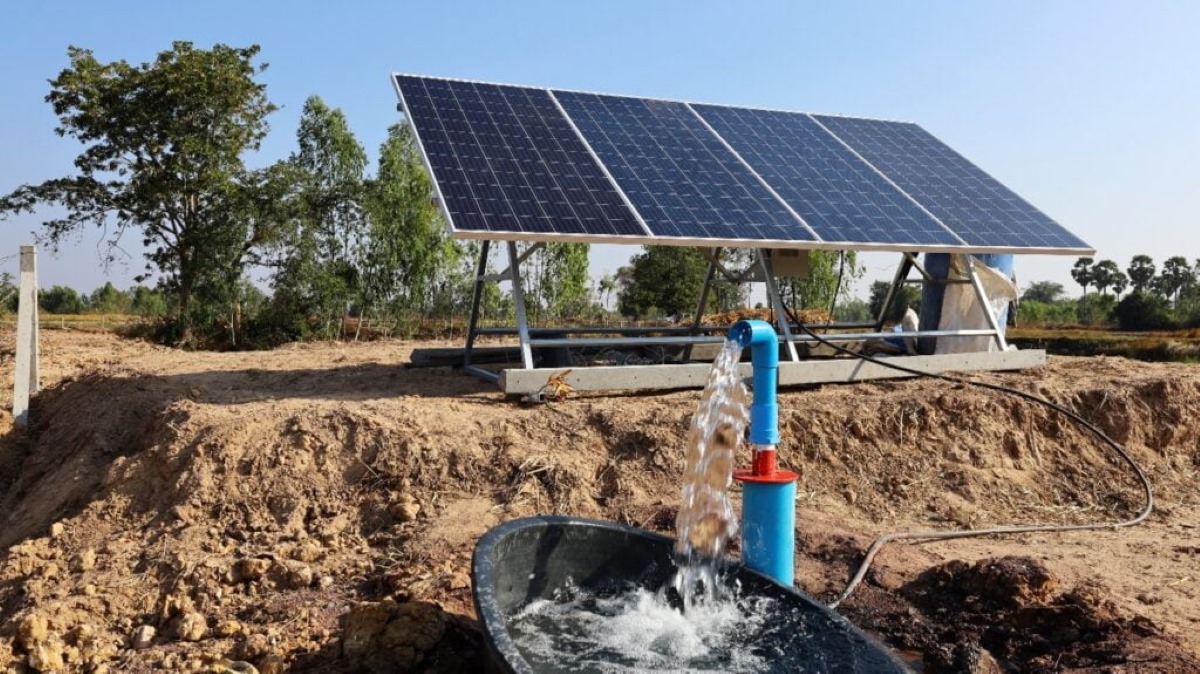
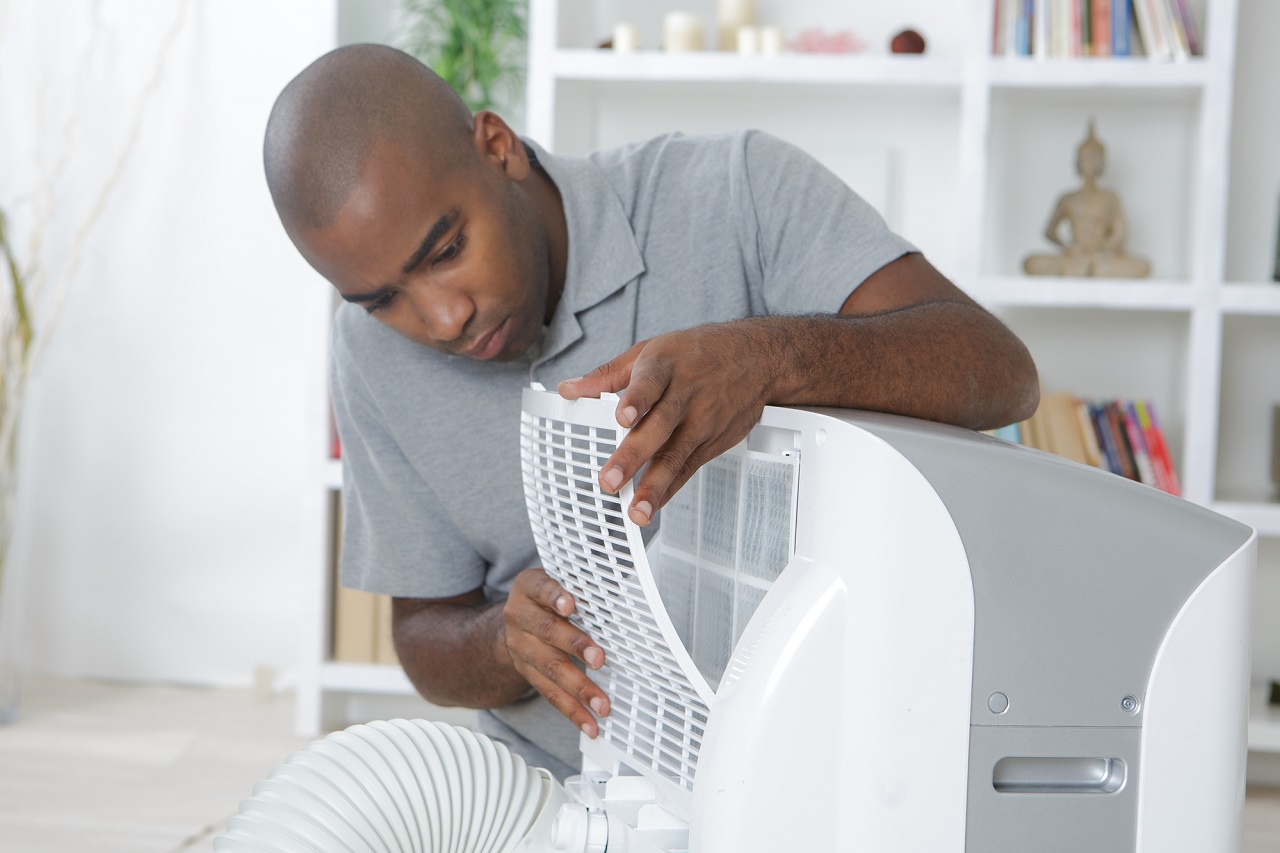
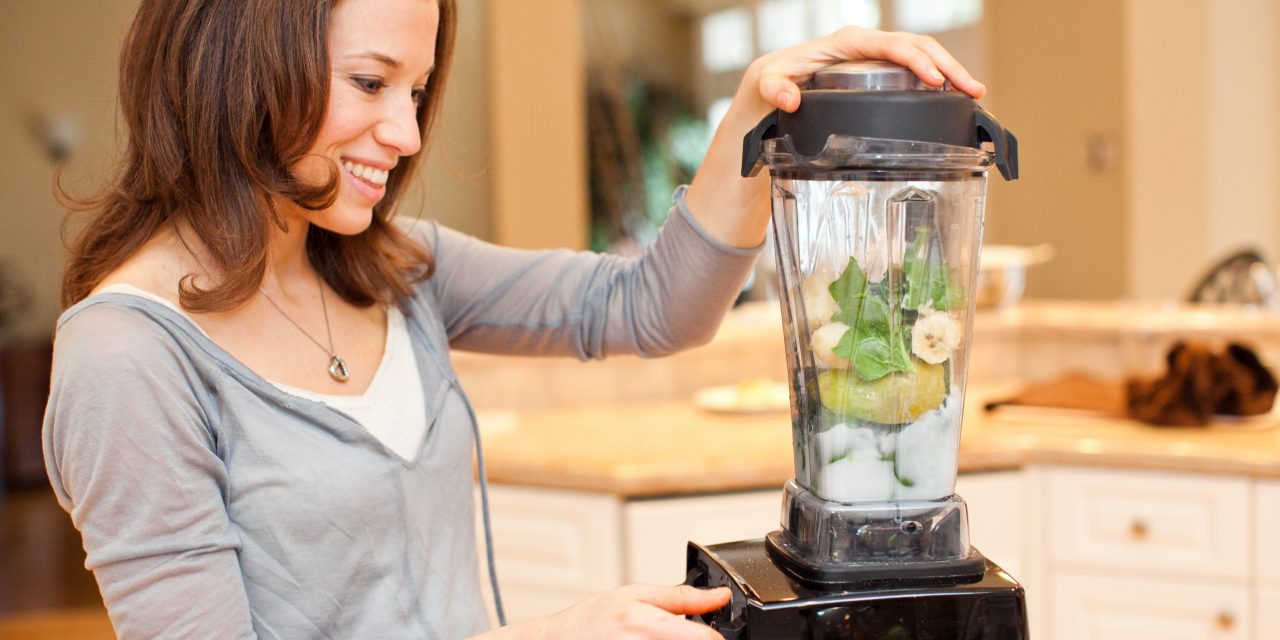
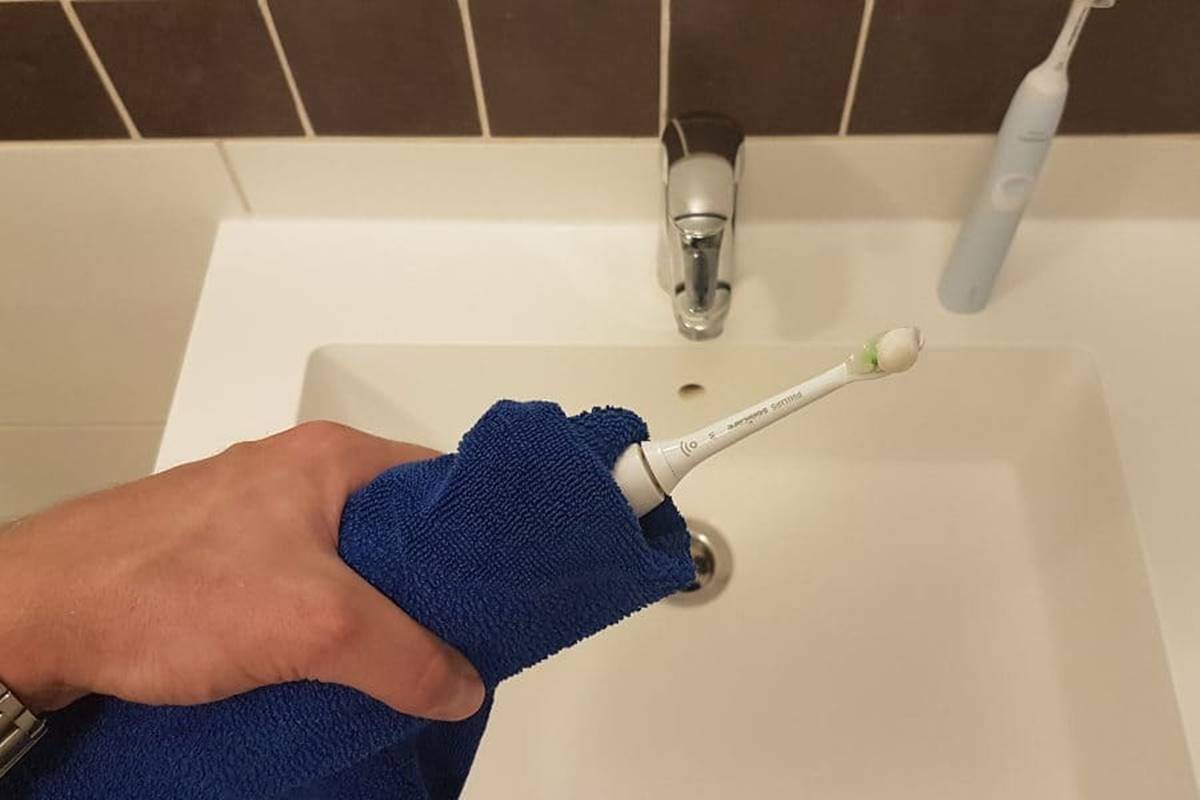
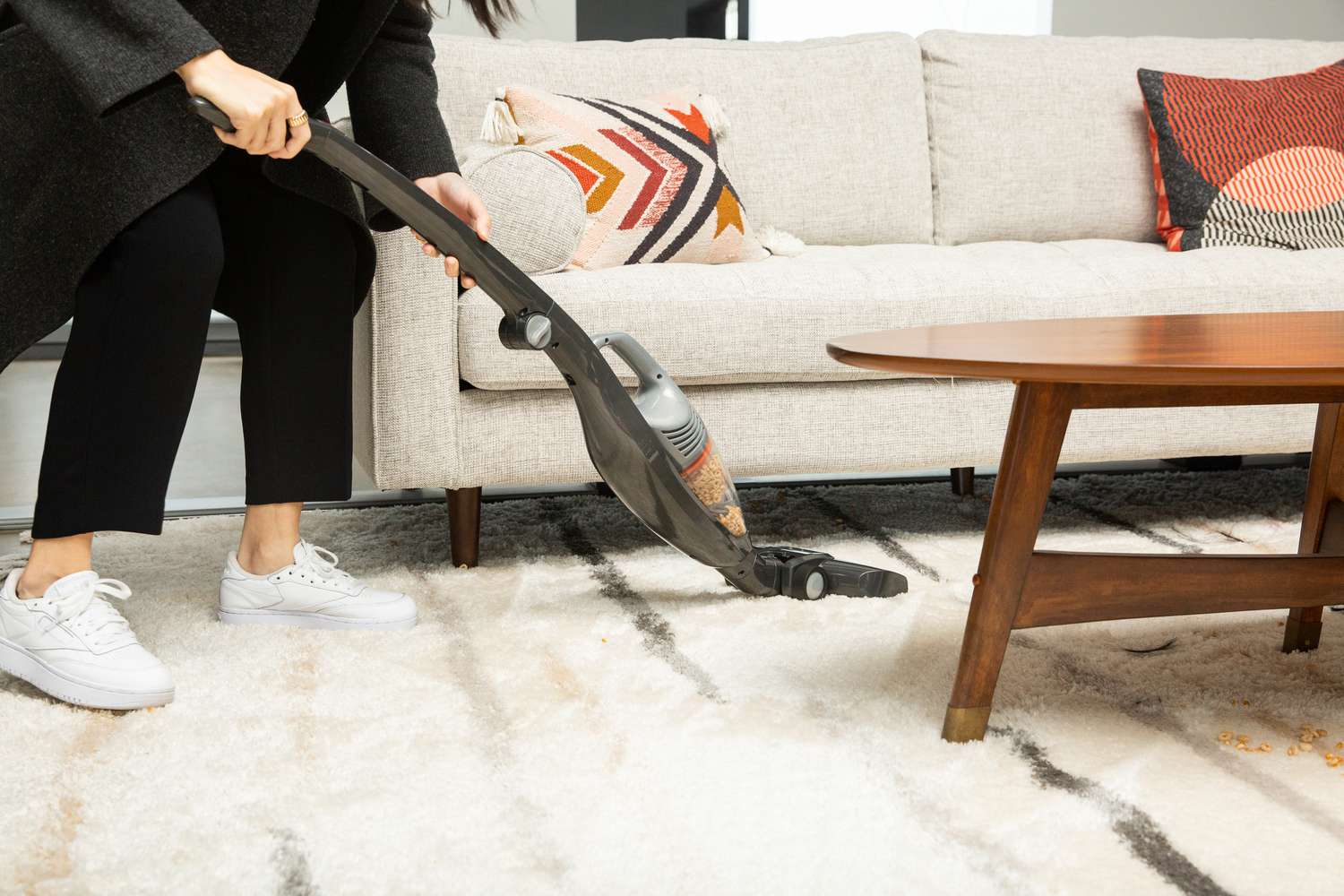
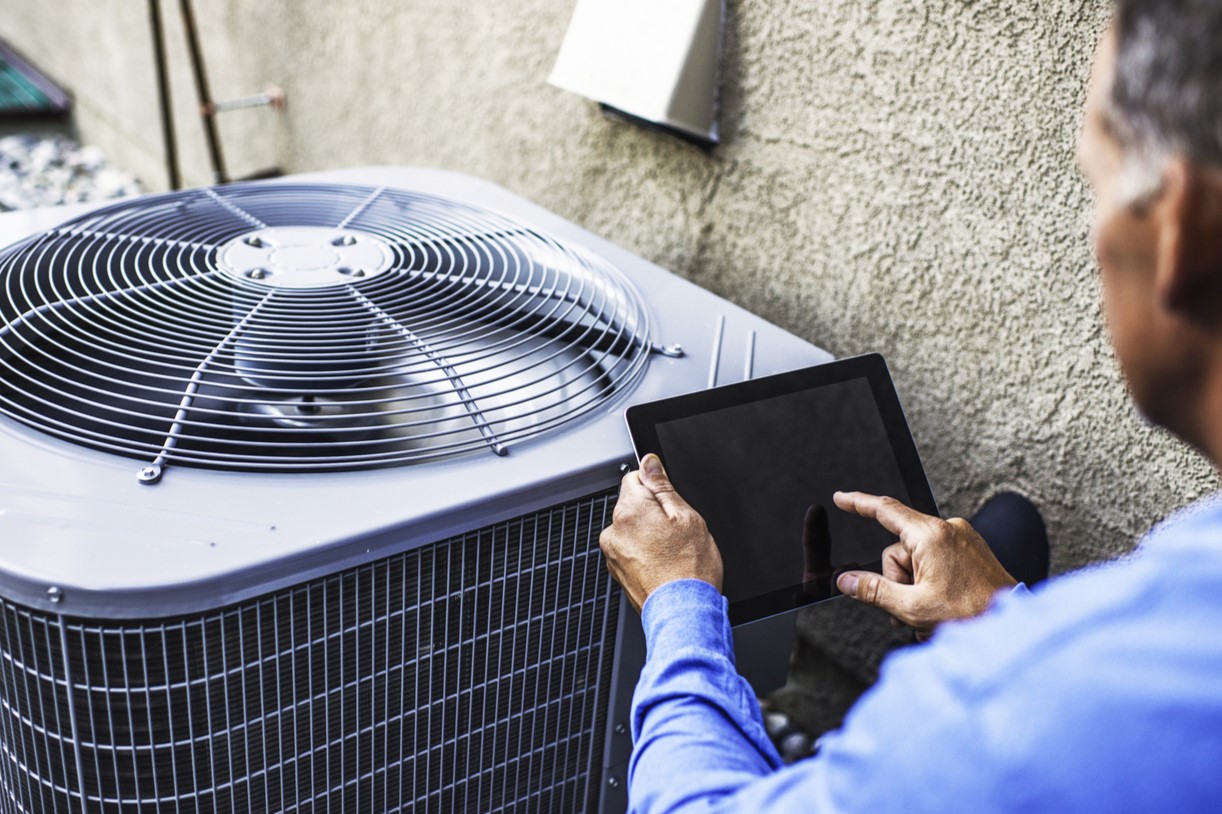
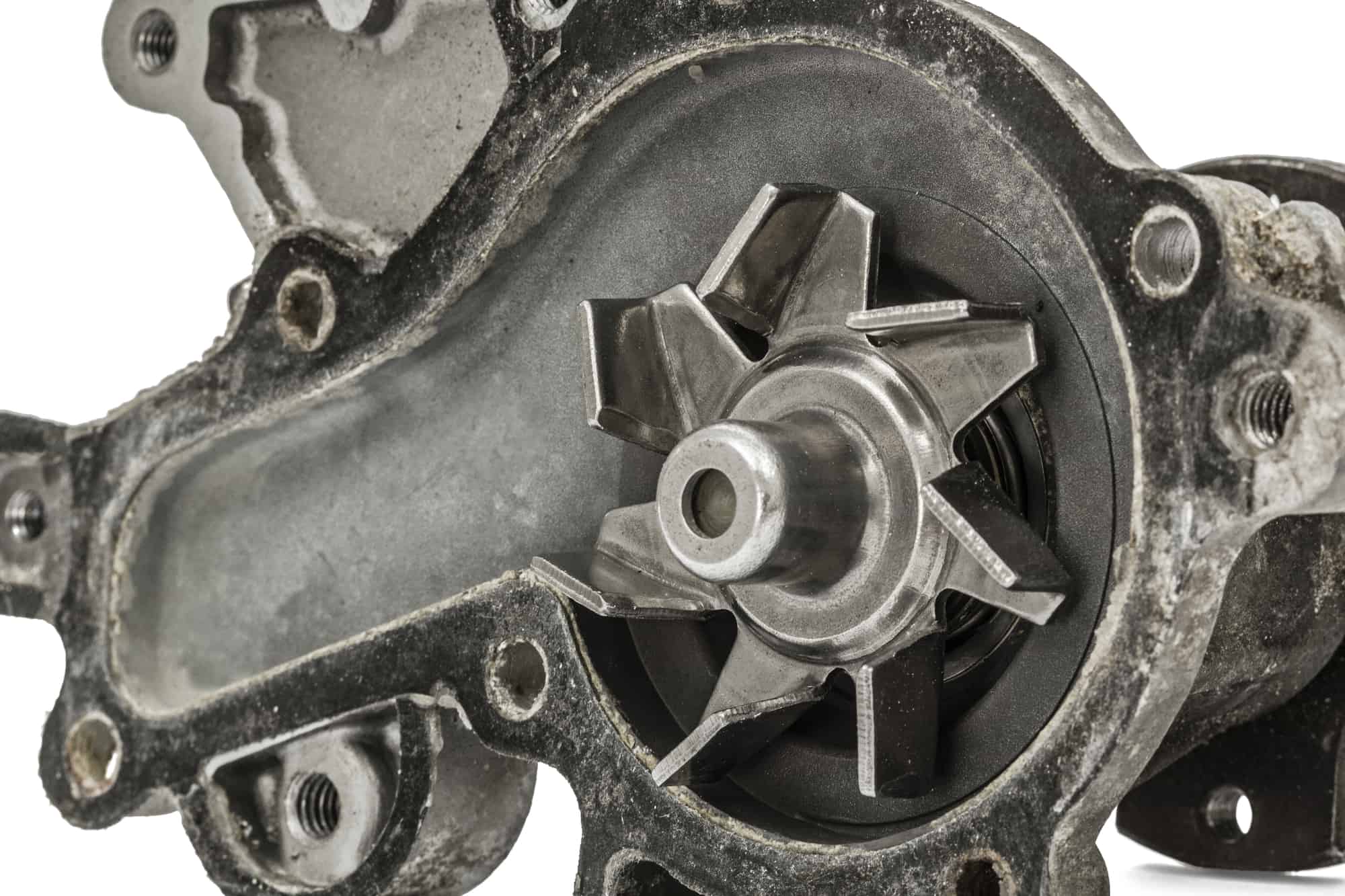
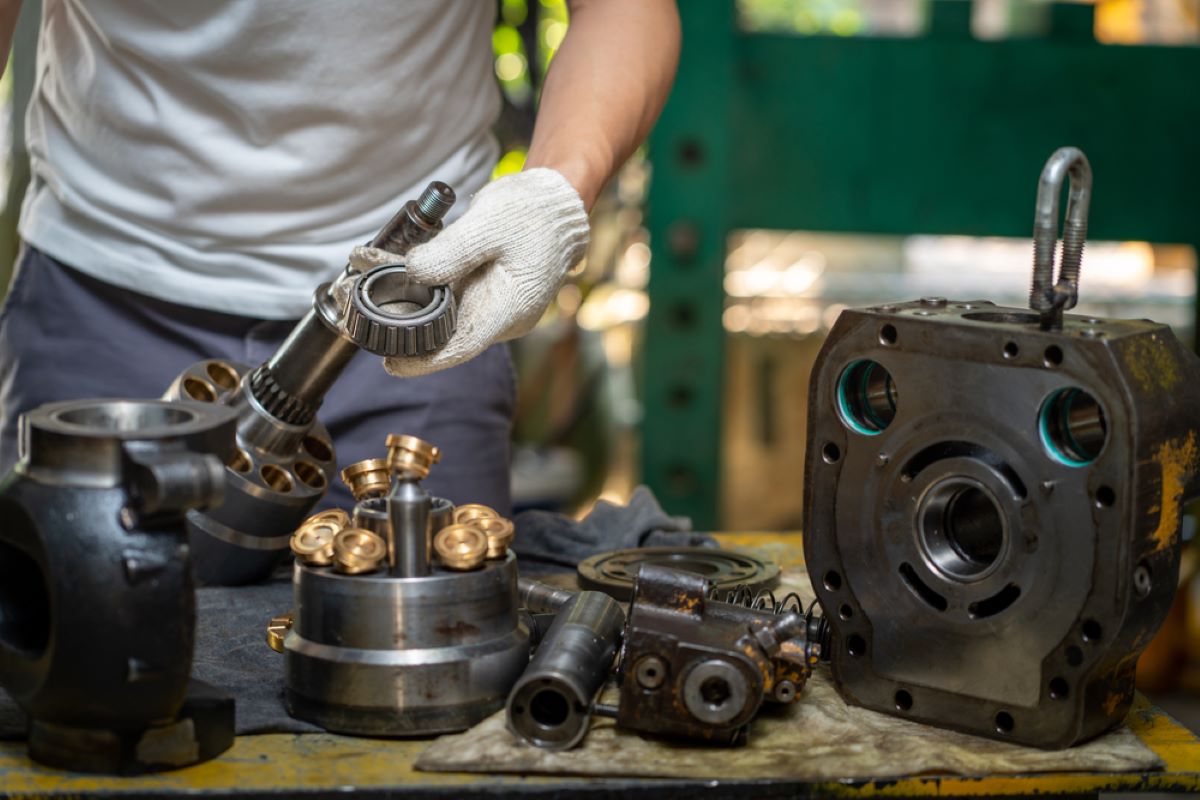
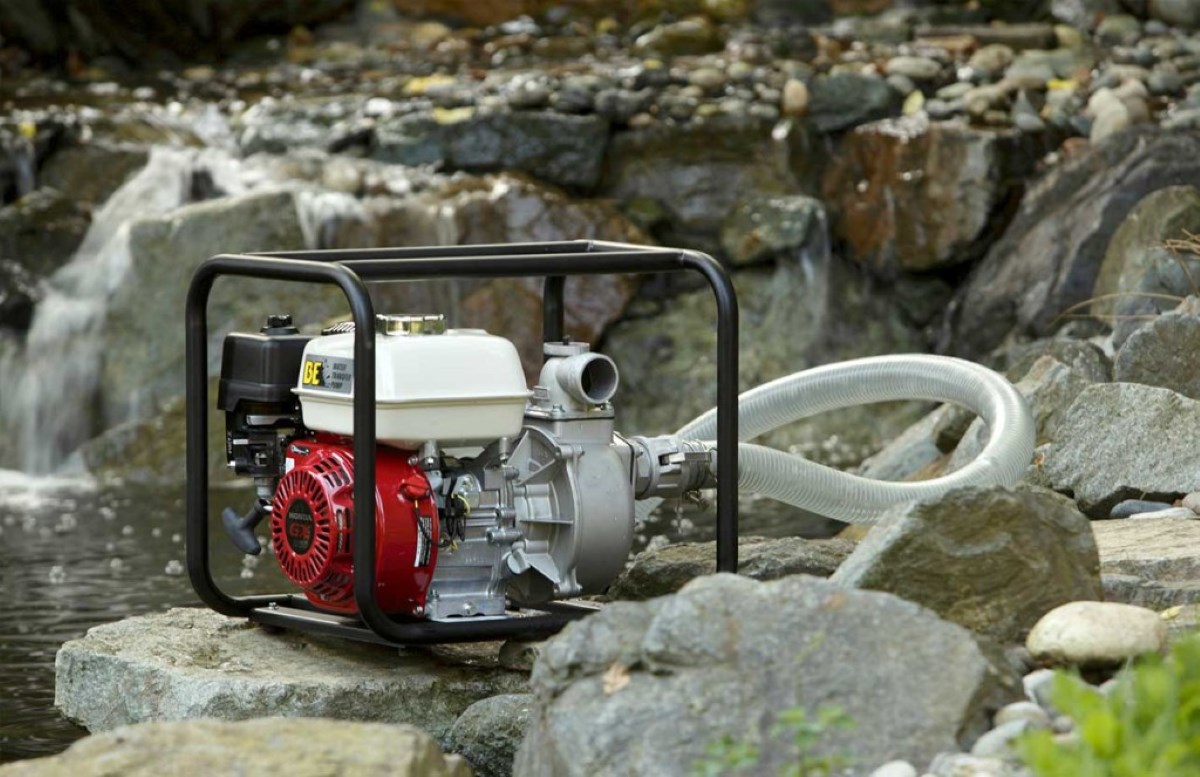

0 thoughts on “How To Make Water Pump Quieter”